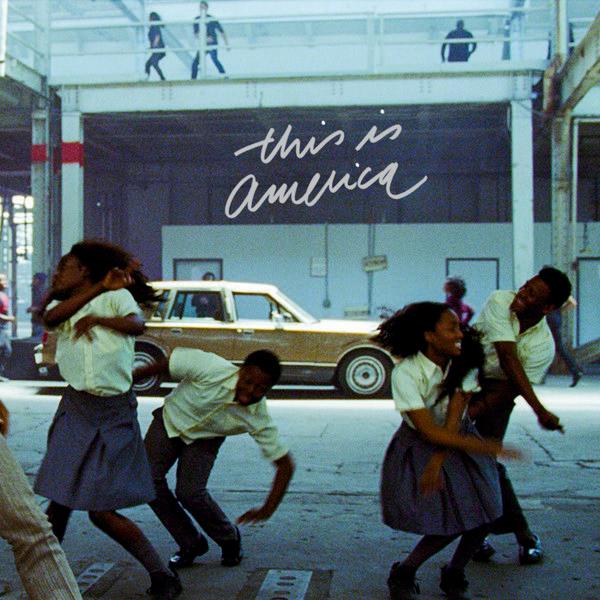





When I start a story, no matter how big or small, the very first thing I do is write a love letter to it. This letter is always handwritten and filled with poetry and hopes and dreams. Sometimes there are drawings of images that won’t leave my head. Other times, I notate music in the margins. Some letters span numerous pages, others are barely enough sentences to be considered a paragraph. However, because my love for the story needs to exist, I allow it.
In my love letter to Jackal, I wrote: “This book is for anyone who has ever had to put together clues to make sense of their life.” From broken relationships to broken histories, when all that’s left are clues, we seek what’s been lost.
Jackal came out of what was missing. I love a good mystery. Always have. For that, I have to thank my mother and her love of TV procedurals. After I become fascinated with true crime, through books, documentaries, and podcasts, I learned to find comfort in the rhythm of a mystery. But I very quickly realized that rhythm rarely came with cases where the victims looked like me: A Black woman or girl. There was always something missing. Sometimes the investigation wasn’t thorough enough, or the victim was blamed for her own demise, or huge pieces of information were lost to time. For Black victims the regularity of mystery broke. That enraged and fascinated me.
The more I researched, the more I found these disjointed mysteries. There are so many missing Black girls and hidden histories and lake towns and forgotten memories. It got to be overwhelming. I know I can’t fill in all the gaps. But, I can start with one story at a time. One attempt to find what’s lost and put it back together. By the time I finished this book, I didn’t want to make the regular music of a mystery again. Instead, I sought to compose something new.
This brings me to you, Reader. Here is my love letter to you. I wish for my words to carry you on a journey that not only thrills you but also moves you. I hope this story isn’t what you expect but, somehow, exactly what you need. Forgive me when my sentences strand you in the woods. I promise I’ll lead you out of the trees by the final page. My dream for you is, however large or small, that you find something you were seeking in this book.
I’m so thankful you’ve chosen to spend time with my story. I can’t wait for you to meet Liz. I know she’ll guide you through one harrowing homecoming.
Liz’s mother, Marie, holds both herself and Liz to incredibly high standards. And as Liz says, “this made her an excellent doctor, but a hard person to live with. Everyone in front of her is a patient that needs to be fixed.” In what ways did Marie’s perfectionism hurt Liz growing up? In what ways did it help her?
While she knows it’s fueled by love, a part of Liz resents her mother’s constant judgment. And now that she’s returned home as an adult, there’s a completely new dynamic between them. How do you think their relationship changed? How has it stayed the same?
Throughout Jackal, Adams highlights the disparity in action and attention when Black women go missing in America. The town’s apathy after each girl’s disappearance directly contributes to their deaths; arguably as much as the killers themselves. What parallels are there between the white residents’ passivity in the novel and white Americans’ passivity in the real world? How does this fit into a larger conversation about racism here?
Adams spotlights two tragic events in Johnstown, the widely publicized Johnstown Flood of 1889 and the lesser-known Great Banishment of 1923. Amidst the racial tension of the early-20th century, when Black communities were being uprooted and/or destroyed during the East St. Louis Riots of 1917 and the Tulsa Massacre of 1921, how do you think the disastrous flood might have laid the groundwork for racial division in Johnstown? Did you already know the history of these cities? If not, has this changed your perspective? We’ve included additional information of these historical events in your book club kit.
Dreams play a key role in this book, and are written as poetry, not prose. How do you think that changed your reading experience? Which dreams stuck out to you most? Why?
From Melissa’s father, to Nick, there are a lot of potential suspects in the story. Who was your first suspect? Who was your last? Why?
It’s not just people who are suspects in this book, though. When did you first start to think something supernatural might be involved? What was your first theory?
Keisha believed that there was only space for one successful Black person in her school. Right before her death, she has a change of heart when she sees Liz in the woods. Where do you think her way of thinking originated? How would their lives have been different if Liz and Keisha had a chance to be friends?
The Jackal says he learns something from each heart of the missing girls. Keisha taught the Jackal a heart can change. Morgan’s heart taught him the monstrosity in beauty. Kayla’s heart taught the Jackal they needed a partner worth being brave for. Brittany’s heart taught him about hunger. When Jack pours all these gifts into Liz, she denies them. What do you believe is the meaning behind each gift? Would you have been able to deny Jack?
“I denied my pain. I cut away parts of myself. I made space for someone—something else. In pursuit of those words, I turned myself into the perfect vessel for a monster. I’m Black, but not like those Black people. I’m a woman, but not like other women. I’ve fractured myself as goodness demanded of me.” Liz has the realization that Jack wants to bend her to his image, the same way she has made herself smaller her whole life. Have you ever had to conform to societal expectations in order to succeed in this world? Have you ever lost yourself in the process? Do you relate to Liz’s words?
“From the beginning, Alice was loved. She was always loved. She will always be loved.”
“Kayla’s heart taught me I needed a partner worth being brave for.”
“Diana’s heart was full of stories. Both from the origins she longed for and her home in actuality. She taught me the power of a tale and the purpose in rewriting it.”
“Morgan, who was always remembered, slowly was forgotten. Her heart taught me the monstrosity in beauty.”

“Keisha taught me that a heart can change. Hers changed me.”
“Brittany’s heart taught me about hunger and how it is used to keep a body in check.”
“In high school, we had to read speeches by W.E.B. DuBois, Booker T. Washington—I was scanning something by Marcus Garvey when I saw Johnstown mentioned in the same sentence as Tulsa and Saint Louis. Couldn’t believe my eyes.”
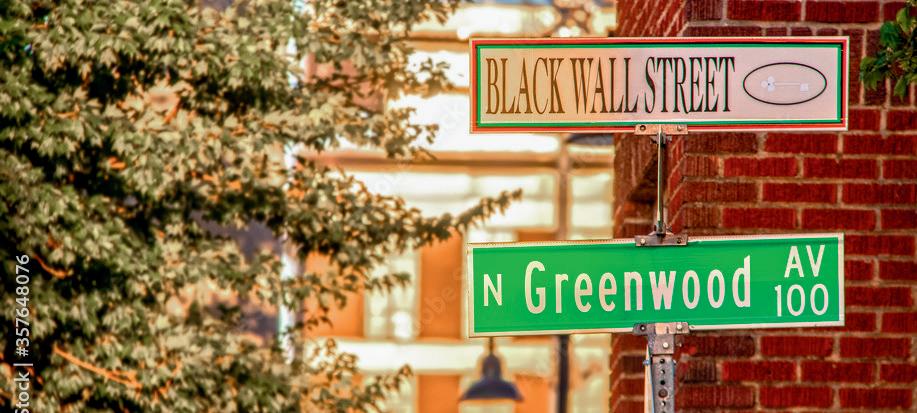 —JACKAL
—JACKAL
From May 31 to June 1, 1921, a white mob attacked residents, homes and businesses in the predominantly Black Greenwood neighborhood of Tulsa, Oklahoma. They set fires, “house by house, block by block,” according to the commission report. White pilots flew airplanes that dropped dynamite over the neighborhood, the report stated, making the Tulsa aerial attack what historians call among the first of an American city.
• 40 square blocks of 1,265 African American homes, including hospitals, schools, and churches were looted and burned
• 150 businesses were destroyed
• 300 dead and hundreds injured
• 6,000 Black Tulsans were arrested and detained by White deputies and members of the National Guard
• 9,000 African Americans were left homeless and lived in tents well into the winter of 1921
• To this day, not one person has been prosecuted or punished for the devastation and ruin of the original Greenwood.
For decades, Tulsa deliberately ignored and covered up what had happened in Greenwood. Many descendants said they learned about the mob and the killings only as adults—and even then, some of the recounting was told in whispers.
Sources: Zinn Education Project and The New York Times
In July 1917, white mobs attacked Black residents and destroyed their homes and other property in East St. Louis, Illinois. The primary outbreak of violence began on July 2, 1917 when white residents of East St. Louis and other nearby communities ambushed African American workers as they left factories during a shift change. The National Guard was called in to suppress the violence but they were ordered not to shoot at white rioters; some troops reportedly joined the mobs targeting the Black community.
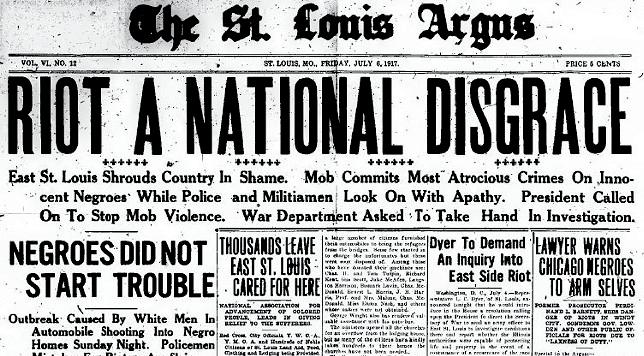
• At least 39—and some estimate as many as 200—African Americans were shot, hanged, beaten to death, or burned alive after being driven into burning buildings
• The riots caused more than $400,000 in property damage
• 6,000 African Americans fled the city
• 105 people were indicted on charges related to the riot
• Only 20 members of the white mob received prison sentences
In 1916 and 1917 thousands of African Americans moved from the rural South to East St. Louis in search of industrial work. White residents, along with the city’s political leaders, attempted to discourage Black migration and prohibited railroads from transporting Black people to the region. When these attempts failed, white residents used violence to intimidate, expel, and destroy the African American population.
Sources: Equal Justice Initiative and Nine PBS
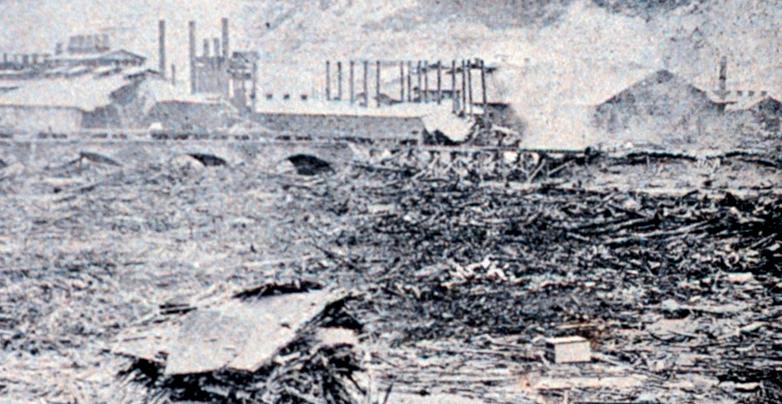
“What Grandma Abigail’s mother didn’t tell her about the flood was, its waters cut the people in Johnstown off from the rest of the world. The living ran to get help; the rest were left alone through the night. In the dark, fear reigned. Accounts varied. Some wrote them down. Others took that night to their graves. In the dark, when the earth was a raw wound, when the dead outnumbered the living, when a town cracked open, I woke up.”
—JACKALOn May 31, 1889 in Johnstown, PA, the South Fork Dam collapsed and caused the Johnstown Flood. The dam contained 20 million tons of water before it disintegrated. More than 2200 lives were lost and hundreds of the victims were never recovered.
• 2,209 people died
• 99 entire families died,including 396 children
• More than 750 victims were never identified
• Bodies were found as far away as Cincinnati, and as late as 1911
• 1,600 homes were destroyed
•
Flood lines were found as high as 89 feet above river level
• Four square miles of downtown Johnstown were completely destroyed
• Flood lines were found as high as 89 feet above river level
• The great wave measured 35–40 feet high and hit Johnstown at 40 miles per hour.
•
•
“‘Everyone in this country says they don’t see color, they see hard work until they start to lose food from their table. If you were one of the good ones you could stay. ‘Good’ in this case meant time. If you could prove your lineage back seven years, you were one of the good ones. A short time, but the point was made. These bad Black folks? These new Black folks? They had to go.’”
—JACKALWhat was the The Great Banishment of 1923?
On Aug. 30, 1923, a shootout in the Rosedale neighborhood of Johnstown resulted in the death of Robert Young, a Black man, and four police officers. In response, Johnstown Mayor Joseph Cauffiel issued an edict: “I want every Negro who has lived here less than seven years to pack up his belongings and get out.” Young was the only one who was found responsible in the crime. 15 other men had been arrested, but none were charged.
More than 2,000 Black people walked out of the city
Black and Mexican laborers were banned from coming into the city
•
The Ku Klux Klan burned 14 crosses around the hills of Johnstown
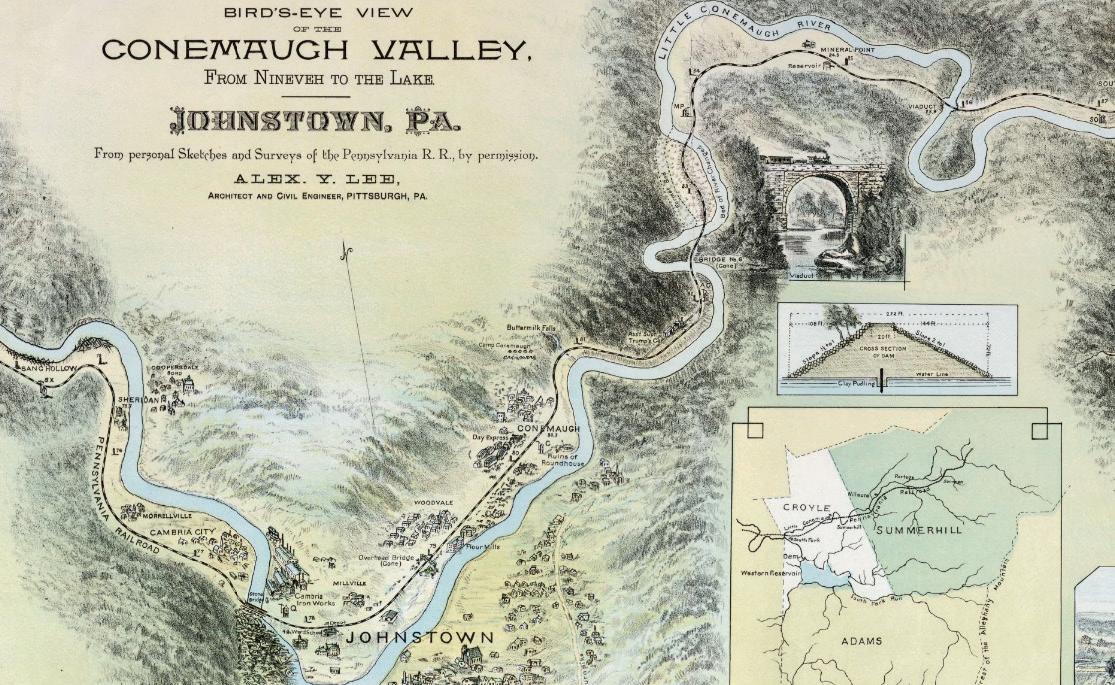
• Pennsylvania had the second-highest number of Ku Klux Klan members in the United States during the 1920s
Sources: Pittsburgh Quarterly and The Tribune Democrat
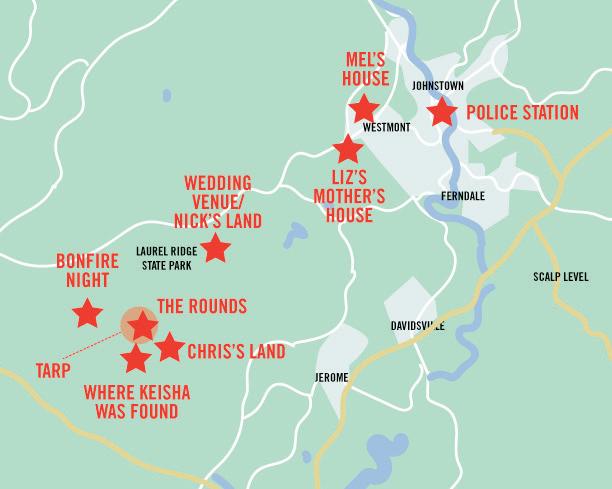
“Wolf Like Me” ft. Shovels & Rope - LERA LYNN, SHOVELS & ROPE
“Yikes!” - LE SIREN
“Don’t Know Who I Am” - REBECCA ROUBION
“Fast Car” - TRACY CHAPMAN
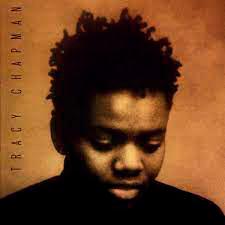
“Kinfolk” - MEREBA
“History Repeats” - BRITTANY HOWARD
“I Love You, But I Need Another Year” - LIZA ANNE
“New Constellations” - RYN WEAVER

“Runaway” - KANYE WEST, PUSHA T
“Blackbird” - DIONNE FARRIS
“Hold On” - ALABAMA SHAKES
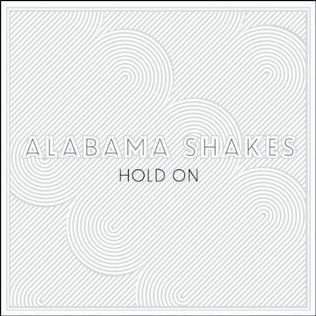
“Let This Remain” - ALANA HENDERSON
“Astral Plane” - VALERIE JUNE
“I Carried This for Years” - IBEYI
“Down to Zero” - JOAN ARMATRADING
“House of Mirrors” - JOSEPHINE ONIYAMA
“Long Lonely Road” - VALERIE JUNE
“Big God” - FLORENCE + THE MACHINE
“American Pie” - SHEA DIAMOND

“Daughters” - LISSIE
“Sweet Child O’Mine” - GUNS N’ ROSES
“Bottom of the River” - DELTA RAE
“Become the Beast” - KARLIENE
“The Wolf” - PHILDEL
“This Is America” - CHILDISH GAMBINO
